
Felix the Cat is a cartoon character created in 1919 by Pat Sullivan and Otto Messmer during the silent film era. An anthropomorphic young black cat with white eyes, a black body, and a giant grin, he is often considered one of the most recognized cartoon characters in film history. Felix was the first fully realized animal character in the history of American film animation.

The cuckoo, common cuckoo, European cuckoo or Eurasian cuckoo is a member of the cuckoo order of birds, Cuculiformes, which includes the roadrunners, the anis and the coucals.
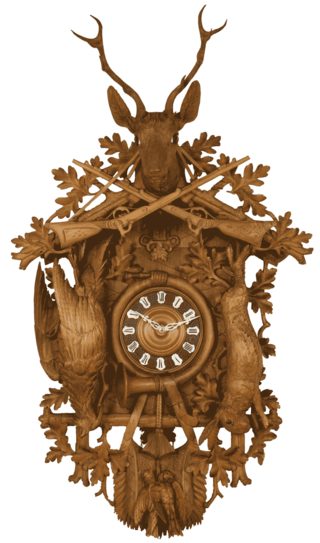
A cuckoo clock is a type of clock, typically pendulum driven, that strikes the hours with a sound like a common cuckoo call and has an automated cuckoo bird that moves with each note. Some move their wings and open and close their beaks while leaning forwards, whereas others have only the bird's body leaning forward. The mechanism to produce the cuckoo call has been in use since the middle of the 18th century and has remained almost without variation.
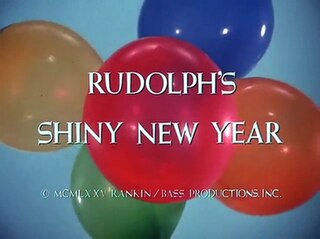
Rudolph's Shiny New Year is a 1976 American Christmas and New Year's stop motion animated television special and a standalone sequel to the 1964 special Rudolph the Red-Nosed Reindeer produced by Rankin/Bass Productions. The special premiered on ABC on December 10, 1976.

Morph is a British series of clay stop-motion comedy animations, named after the main character, who is a small terracotta-skinned plasticine guy, who speaks an unintelligible language and lives on a tabletop, his bedroom being a small wooden box. The character was initially seen interacting with Tony Hart, beginning in 1977, on several of his British television programmes, notably Take Hart, Hartbeat and SMart.

Book Revue is a 1946 Warner Bros. Looney Tunes cartoon directed by Bob Clampett. The cartoon was released on January 5, 1946, and features Daffy Duck.
"Duffless" is the sixteenth episode of the fourth season of the American animated television series The Simpsons. It originally aired on the Fox network in the United States on February 18, 1993. Homer gets arrested for drunk driving, and Marge asks him to stop drinking beer for a month. Meanwhile, after Bart ruins Lisa's science fair project, she attempts to get revenge by proving that he is dumber than a hamster.

Mud and Sand is a silent film starring Stan Laurel.

The Land of Toys is a fictional location in the Italian novel The Adventures of Pinocchio (1883) that is disguised as a haven of freedom and anarchy for children, but is eventually discovered to be far more sinister.
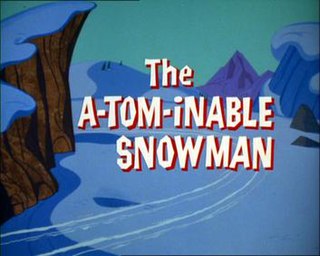
The A-Tom-inable Snowman is a 1966 Tom and Jerry cartoon directed by Abe Levitow, written by Bob Ogle and produced by Chuck Jones, with the opening scene written and directed by Jones. The title is a reference to the legendary creature, the Abominable Snowman.

Mickey's PhilharMagic is a 4D film attraction found at several Disney theme parks around the world, including Magic Kingdom theme park at the Walt Disney World Resort, Hong Kong Disneyland, Tokyo Disneyland, Disneyland Park (Paris), and Disney California Adventure. The film was directed by George Scribner, who also directed Disney's 1988 animated film Oliver & Company. Mickey's PhilharMagic is a 12-minute-long show featuring 3D effects, scents, and water, as well as a number of characters from Disney movies. It is shown on the largest purpose-built 3D screen ever made, at 150 feet wide.
Buddy's Bug Hunt is an American animated short film, released June 22, 1935. It is a Looney Tunes cartoon, featuring Buddy, the second star of the series. It was supervised by Jack King; and musical direction was by Norman Spencer.
"Do-It-Yourself Mr. Bean" is the ninth episode of the British television series Mr. Bean, produced by Tiger Aspect Productions and Thames Television for Central Independent Television. It was first broadcast on ITV on 10 January 1994 and was watched by 15.60 million viewers during its original transmission.

Felix Finds Out is a 1924 short animated film distributed by M.J. Winkler Productions, and among the many theatrical cartoons featuring Felix the Cat.

Mickey's Garden is a 1935 American animated short film produced by Walt Disney Productions and released by United Artists. The film was the second Mickey Mouse cartoon shot in Technicolor and is also the first color appearance of Pluto. The cartoon is also the first color cartoon where Mickey speaks. The film's plot centers on Mickey Mouse trying to rid his garden of insects, but they keep coming back. When he accidentally gets hit with his own bug spray, he begins seeing a warped reality. It was the 76th Mickey Mouse short film to be released, and the fifth of that year. The last dialogue of the show is Mickey telling Pluto to stop licking him in the last 20 seconds.
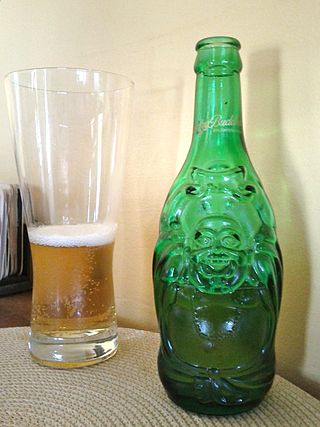
Lucky Buddha Beer is a beer brewed and bottled at the Qiandao Lake, China. It was introduced in July 2010, and is made from malt, hops, rice and water from this region delivering an Asian style lager. The flavor is an earthy malt with citrus features with notes of lemon, grapefruit, wheat, honey that combines together for a crisp taste.
Bosko in Person is an American animated short film featuring Bosko. It is a Looney Tunes cartoon, featuring Bosko, the original star of the series. It was released on February 11, 1933, though one source claims the release date is April 10, 1933. Like most Looney Tunes of its day, it was directed by Hugh Harman; its score is by Frank Marsales. The film features Bosko and Honey in a vaudeville-act. This is the second cartoon directed by Friz Freleng.
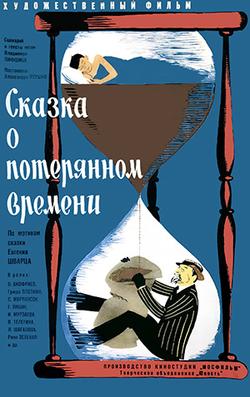
Tale about the Lost Time is a 1964 Soviet fantasy film directed by Aleksandr Ptushko. It is based on a tale by Evgeny Schwartz.

Bottlegate, also referred to as The Beer Bottle Game, was an officiating controversy that resulted in a fan riot during an American football game in the 2001 season of the National Football League (NFL) between the visiting Jacksonville Jaguars and the Cleveland Browns.

Rêve à la lune, also known as L'amant de la lune is a 1905 French silent short film directed by Ferdinand Zecca and Gaston Velle, and distributed in English-speaking countries under the titles Dream of the Moon, The Moon Lover and Drunkard's Dream or Why You Sign the Pledge. The film depicts a drunkard dreaming he is taken to the Moon.















